Worried About Damaged Hardwood Floors? This Classic Trick Still Works
- Home2decor

- Jul 26
- 10 min read
Hardwood Floor Damage? Here’s the Classic Fix Goa’s Top Interior Designers Still Use
Understanding Hardwood Floor Damage
Hardwood floors, while prized for their beauty and durability, are not immune to various forms of damage over time. Homeowners must understand the different types of damage that can occur to maintain the integrity and aesthetics of their floors. The most common types of hardwood floor damage include scratches, dents, water damage, and sun fading.
Scratches may be caused by furniture, pet claws, or daily foot traffic. These marks can range from minor surface scratches to deeper grooves that penetrate the finish. While minor scratches can often be concealed with specific products designed for such concerns, deeper scratches might require professional assessment or refinishing by skilled Interior designers in Goa known for their expertise in floor restoration.
Dents in hardwood floors arise when heavy objects drop onto the surface, causing the wood fibers to compress. Unlike scratches, dents can be challenging to repair, especially in cases where the wood has lost its structure. Homeowners should be cautious about placing heavy items on their floors or consider using protective pads on furniture legs to minimize the risk.
Water damage poses a significant threat to hardwood floors. Excess moisture can lead to warping, buckling, or the growth of mold beneath the flooring. To prevent this, prompt attention must be given to spills, and humidity levels should be monitored, especially in areas prone to dampness. In addition to professional repairs, consulting with famous interior designers in Goa can provide strategies for moisture control and floor maintenance.
Lastly, sun fading occurs when floors are exposed to direct sunlight for prolonged periods, leading to a change in color and luster. Utilizing UV protective window treatments or rearranging furniture can help mitigate this effect. By understanding these types of damages, homeowners can better assess their hardwood floors' conditions and take preventive measures to prolong their beauty and lifespan.
The Classic Trick Revealed
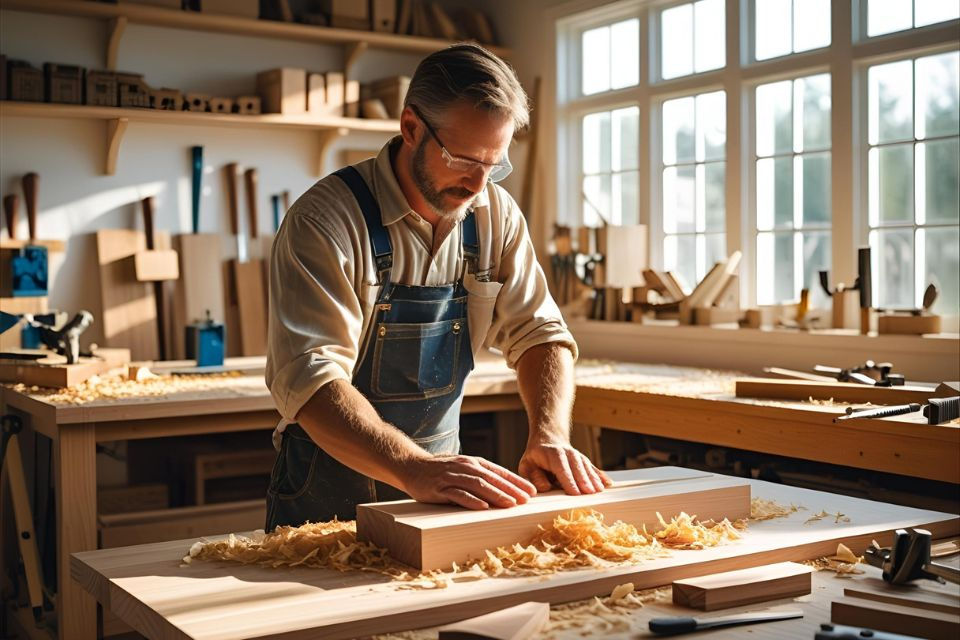
A time-honored method for repairing damaged hardwood floors involves the use of simple household items that many homeowners may already possess. One of the most effective tricks is to utilize a blend of vinegar and olive oil, creating a natural compound that can enhance the appearance of scratched and dull wood. This classic combination not only moisturizes the wood but also helps to conceal minor scratches, making it an appealing quick fix.
To utilize this method, one needs to combine equal parts of vinegar and olive oil in a small bowl. After thoroughly mixing the two, the solution should be gently applied using a soft cloth or a microfiber rag. The trick here is to allow the solution to penetrate the wood while buffing out any unsightly abrasions. Using a circular motion, homeowners can ensure even coverage that helps revitalize the hardwood surface.
This time-tested technique has remained popular due to its simplicity and effectiveness. While numerous professional services, including various interior designers in Goa, offer comprehensive solutions for floor repairs, this classic household method stands as a reliable and immediate alternative for many individuals looking to restore their wooden floors without incurring significant costs. Even amid the challenges of modern living, methods like these confirm that practical home repair techniques still hold value today.
For those interested in more extensive repairs or renovations, consulting famous interior designers in Goa can yield expert advice tailored to individual needs. Still, before engaging in such services, it is worthwhile to try this classic trick, which continues to be an accessible and effective initial approach to maintaining the elegance of hardwood flooring.
Step-by-Step Guide to Implementing the Trick
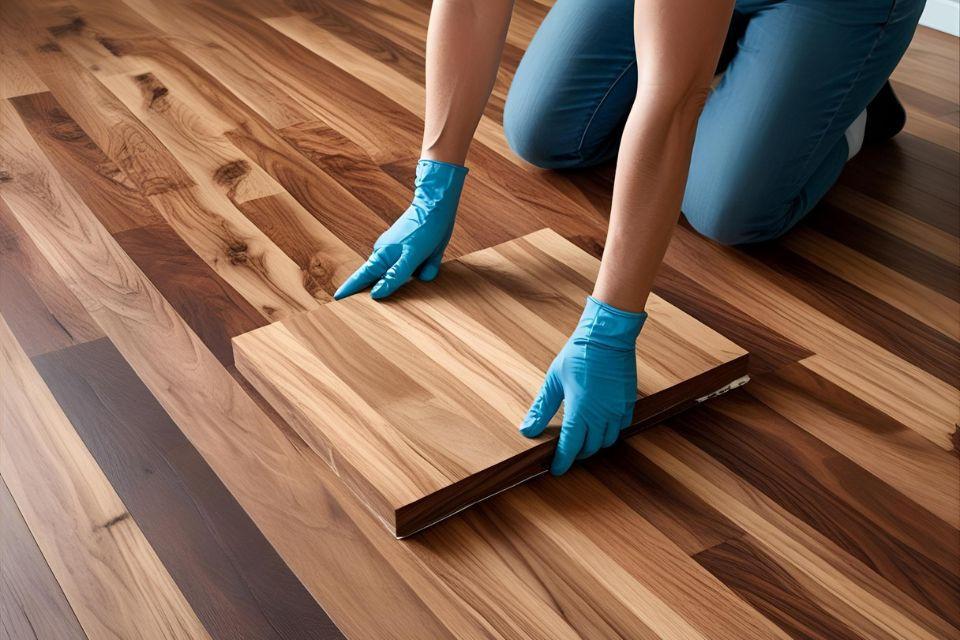
Repairing damaged hardwood floors can be a straightforward process when using the classic trick effectively. To begin, gather the necessary materials, which include fine-grit sandpaper, wood finish or varnish that matches your floor color, a clean cloth, and a paintbrush. These supplies can typically be found at local hardware stores or home improvement centers.
Before starting the process, ensure that the area around the damage is clean and free from debris. It is advisable to wear protective gear, such as gloves and a mask, to safeguard against dust and fumes. Proper ventilation in the workspace also enhances safety and comfort during the execution of this trick.
Start by inspecting the area with damage. If there are any raised splinters or sharp edges, carefully sand these down using the fine-grit sandpaper. This step is crucial, as it prepares the surface for a seamless repair. Once the damaged area is sanded down, wipe it clean with a cloth to remove any dust particles that may interfere with adhesion.
Next, apply the wood finish or varnish to the repaired area using a clean paintbrush. Be sure to apply the finish evenly and in the direction of the wood grain for optimal results. Allow the first coat to dry completely, following the manufacturer's instructions. If necessary, apply a second coat for enhanced durability and a better match with the surrounding floor.
After the final coat is dry, inspect the area to ensure it blends well with the rest of your flooring. In the hands of skilled interior designers in Goa, such subtle repairs can elevate the overall aesthetic of your home. With these steps, even those who are inexperienced can achieve satisfying results, reminiscent of the finesse exhibited by some of the best interior designers in Goa. By following this guide meticulously, your hardwood floors will regain their former glory, ensuring that your living space remains warm and inviting.
Additional Tips for Preventing Future Damage

To maintain the beauty and longevity of hardwood floors, it is crucial to implement a series of preventative measures. Regular maintenance practices are foundational; sweeping or vacuuming the floors weekly will remove dirt and debris that can scratch the surface. Additionally, cleaning your hardwood floor with a damp mop using a pH-balanced cleaner specifically designed for wood can help preserve its finish without causing harm. Avoiding excessive water exposure is vital; wood is susceptible to moisture, leading to warping or gaps.
Another essential strategy in preventing damage is to use protective measures in your home. Placing felt pads under the legs of furniture can significantly reduce scratches and dents caused by movement. Similarly, using area rugs in high-traffic zones can help protect the hardwood surface from wear while also adding warmth to the space. It’s advisable to reposition furniture periodically to avoid uneven wear patterns.
Environmental considerations also play a significant role in maintaining hardwood floors. The humidity levels in your home should be monitored; a humidity range of 30-50% is ideal for hardwood flooring. Using a dehumidifier or humidifier can help regulate this level, preventing the wood from shrinking or expanding excessively. Additionally, be mindful of direct sunlight, as prolonged exposure can fade the color of the wood. Employing window treatments like blinds or curtains can mitigate this risk.
Lastly, when it comes to hiring professionals, the services of renowned interior designers in Goa can provide tailored solutions to suit your specific needs. Their expertise can be invaluable in recommending the best practices for your hardwood flooring and assisting in maintaining its aesthetics in the long term. By following these preventative measures, you can ensure that your hardwood floors remain stunning and durable for years to come.
Natural vs. Commercial Repair Options
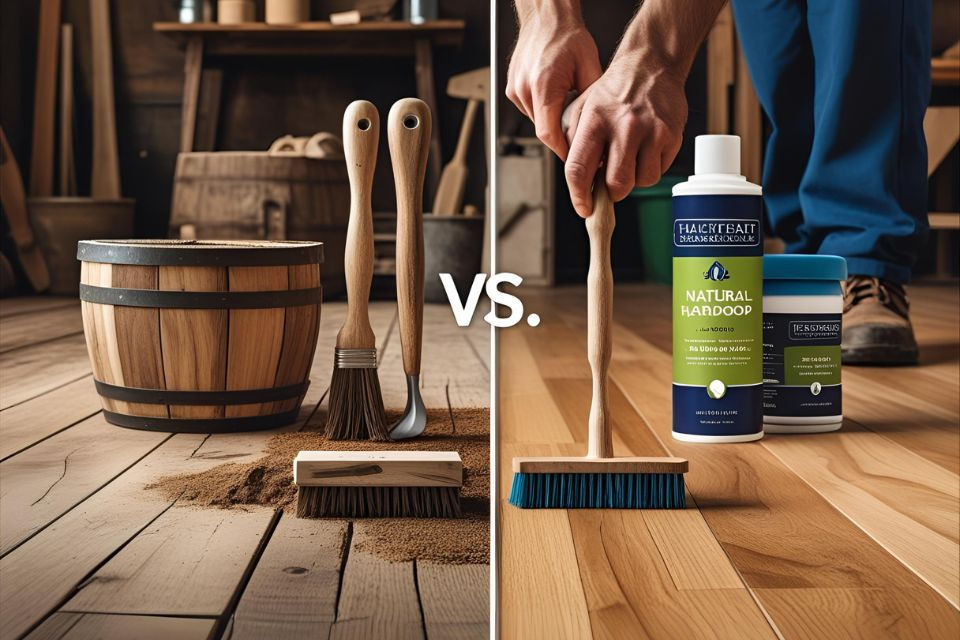
When it comes to repairing damaged hardwood floors, homeowners are often faced with a choice between natural, DIY solutions and commercially available repair kits. Each option carries its advantages and disadvantages, making it essential to carefully evaluate which method aligns best with your specific needs.
Natural repair options, such as the classic trick of using a mixture of vinegar and olive oil, are appealing for those who prefer eco-friendly approaches. This solution not only helps to restore the shine to your hardwood floors but also provides a layer of protection from future wear and tear. Furthermore, using natural ingredients ensures that harmful chemicals are not introduced into your home, making it a safe choice for families and pets. However, it is important to note that while the classic trick may effectively address minor scuffs and scratches, it may not be suitable for more severe damage.
On the other hand, commercial repair kits offer a convenient solution for those seeking quick fixes. These kits typically include a variety of products designed to target specific types of damage, such as wood filler for deep scratches or color-matched stain for fading. The advantages of these commercial options include ease of use, comprehensive instructions, and the ability to achieve a more uniform finish. Nonetheless, they may contain synthetic chemicals and require careful application to avoid further damage. Additionally, some kits can be relatively expensive, especially if multiple products are needed to address various issues.
In conclusion, the choice between natural and commercial repair options for hardwood floors ultimately depends on the extent of the damage and the individual's preferences. Homeowners can explore both options and consider consulting with experienced interior designers in Goa for home improvement advice tailored to their specific situations. Engaging with the best interior designers in Goa may also reveal valuable insights on maintaining hardwood floors effectively.
When to Seek Professional Help
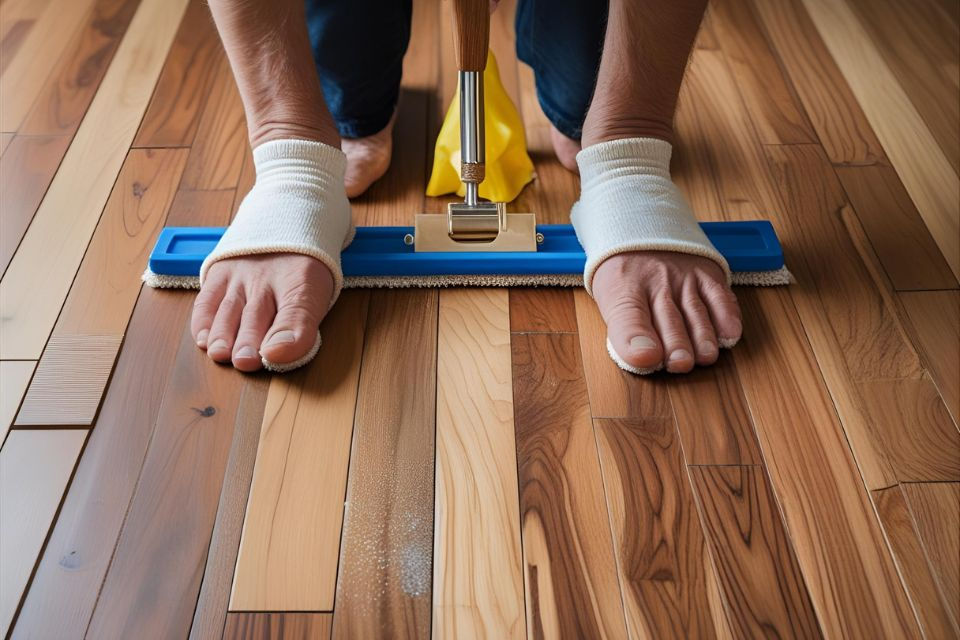
While minor scratches and scuffs on hardwood floors can often be managed through DIY methods, there are specific situations where the expertise of professional interior designers in Goa is crucial. Homeowners should be vigilant for signs that indicate simple interventions will not suffice. One common scenario is the presence of significant water damage. If areas of the floor appear warped or swollen, attempting a DIY repair could exacerbate the problem. Water damage often necessitates not only floor refinishing but also thorough assessments from experts who can determine if the underlying structure has been compromised.
Another key factor to consider is how extensive the damage is. Small sections may be manageable for someone with basic tools and skills, but widespread damage or the need for complete replacement of boards typically requires the knowledge and experience of highly regarded professionals, such as the famous interior designers in Goa. Their expertise ensures that restoration is achieved using the right methods and materials, blending aesthetic appeal with structural integrity.
Moreover, homeowners should assess their comfort level and access to specialized equipment. Professional interior designers in Goa for home projects often utilize advanced techniques and tools that are not readily available to the average individual. If a homeowner is unsure about their ability to perform a repair without causing further harm, it is wise to consult with top 10 interior designers in Goa. Engaging expert help not only alleviates stress but also provides peace of mind that the repairs will yield lasting results.
In summary, recognizing the limits of DIY repairs is essential for preserving the beauty and functionality of hardwood floors. Homeowners should prioritize safety and long-term quality by seeking professional help when facing significant damages, ensuring their floors are restored correctly.
Real-Life Success Stories

Homeowners across various regions, including Goa, have encountered the challenge of repairing their damaged hardwood floors. Many have turned to the classic trick of using simple household items to restore the beauty and longevity of their flooring. For instance, one homeowner from Panjim shared her experience of using a mixture of olive oil and vinegar. After applying the blend to her floors, she noticed a remarkable improvement in the sheen, and minor scratches became significantly less visible. She stated, “It’s incredible how a few drops of this mixture rejuvenated my hardwood. I never thought I could achieve such results without professional help.”
Another inspiring story comes from a family residing in Mapusa, who discovered this trick while searching for budget-friendly solutions to revitalize their aged hardwood floors. After a few applications of the classic mixture, they were amazed at the transformation. They shared their before and after photos on social media, highlighting how the floors looked almost new again. This family mentioned, “We were hesitant at first to try it, but now we recommend it to everyone. It’s essential for anyone looking for affordable interior solutions here in Goa.”
Additionally, a couple in Margao, who faced severe water damage, utilized this method as a part of their restoration plan suggested by local interior designers in Goa. They realized the effectiveness of the classic trick when their floors started to regain their original charm without the exorbitant renovation costs usually associated with such damage. They noted, “With the help of our interior designer, we adopted this solution, and it saved us not only time but a significant amount of money.”
These testimonials from homeowners vacillate between the economical and practical, showcasing the effectiveness of the classic trick for hardwood floors. Such success stories contribute to a growing perception that even simple techniques can yield significant results, helping readers feel more confident about tackling their flooring dilemmas.
Common Misconceptions About Hardwood Floor Care
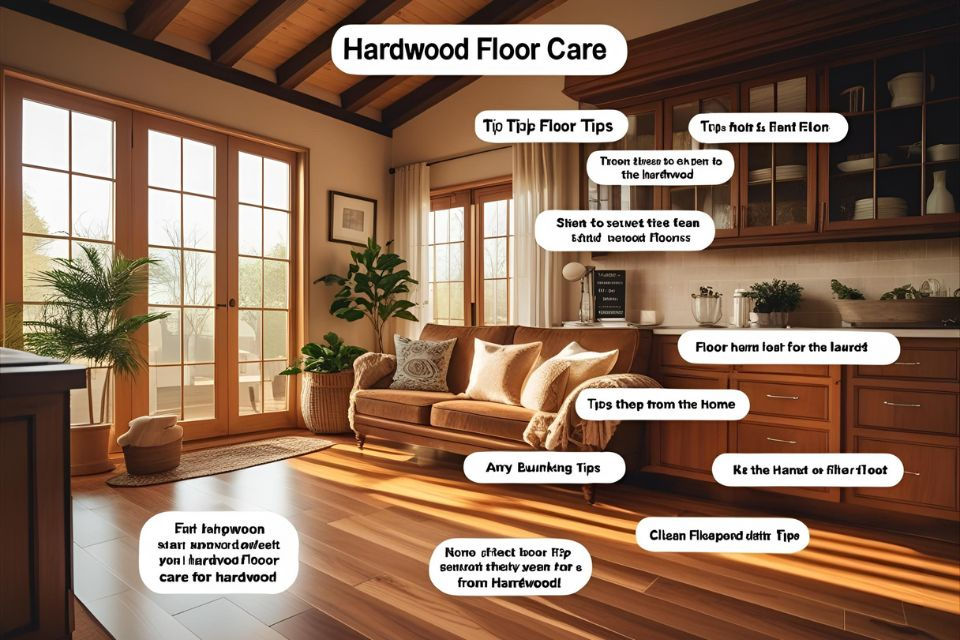
Hardwood floors are often lauded for their durability and aesthetic appeal. However, various misconceptions surrounding their care can lead to improper maintenance and costly damage. One prevalent myth is that hardwood floors are impervious to water. Many homeowners believe that simple spills can be easily wiped away without repercussions. In truth, prolonged exposure to water can warp and damage the wood. It is vital to clean up any spills quickly and to avoid excessive moisture during cleaning, opting for damp mops rather than soaking wet ones.
Another common misconception is that all cleaning products are safe for hardwood floors. Some individuals mistakenly think that household cleaners, which may be suitable for tile or laminate surfaces, can be used on hardwood as well. Many of these products contain harsh chemicals that can strip the finish or dull the shine of the wood. For optimal results, it is advisable to use cleaning solutions specifically designed for hardwood floors, ensuring the longevity of both the finish and the wood itself.
Additionally, some believe that heavy furniture or appliances can be placed directly on hardwood floors without repercussions. This myth often results in scratches or dents, diminishing the floor's appearance. The use of felt pads under furniture legs can significantly reduce the risk of damage. Moreover, rotating area rugs or mats strategically placed can provide added protection.
Finally, while it's tempting to think that regular sweeping is enough for hardwood floors, this is another misconception. Dust, dirt, and debris can create scratches over time if not properly managed. Regular vacuuming with a soft brush attachment or a specialized wood floor cleaner is essential to maintain the surface quality and to avoid the accumulation of particles that could harm the floor.
By debunking these common myths, homeowners can adopt better practices for maintaining their hardwood floors, ultimately sustaining their beauty and value for years to come. Understanding the appropriate care methods is crucial in avoiding mistakes that could necessitate the assistance of professionals, such as interior designers in Goa, who can provide tailored advice for your specific flooring needs.
Conclusion: Embrace the Classic Trick
In light of the challenges posed by damaged hardwood floors, it is essential to remember that traditional methods for floor care continue to hold significant value. The classic trick we discussed has proven effective over the years, providing homeowners the opportunity to revive their beloved hardwood surfaces. The application of this time-tested technique can not only restore the aesthetic appeal of the flooring but also extend its lifespan, making it a practical solution for those grappling with similar issues.
When considering options for floor restoration, it is easy to feel overwhelmed. However, the tried-and-true method holds merit and can often yield satisfying results, allowing individuals to take pride in maintaining their homes. Moreover, embracing such classic approaches does not imply that contemporary options are disregarded; instead, it emphasizes the importance of considering various strategies that suit personal preferences and needs.
As you contemplate the maintenance of hardwood floors, do not hesitate to integrate this classic trick into your floor care routine. Allowing its application could potentially rejuvenate your flooring and inspire confidence in your abilities to preserve your home. Additionally, engaging with fellow homeowners or professional interior designers in Goa can provide further insights and recommendations tailored to your specific situation.
We encourage you to share your experiences and results after attempting the trick. Whether it is success or seeking advice on additional methods, fostering a discussion around floor care can assist others in their pursuit of home preservation. Remember, maintaining quality hardwood flooring is a journey worth taking, and collectively, we can champion effective solutions while celebrating the beauty of our homes.






Comments